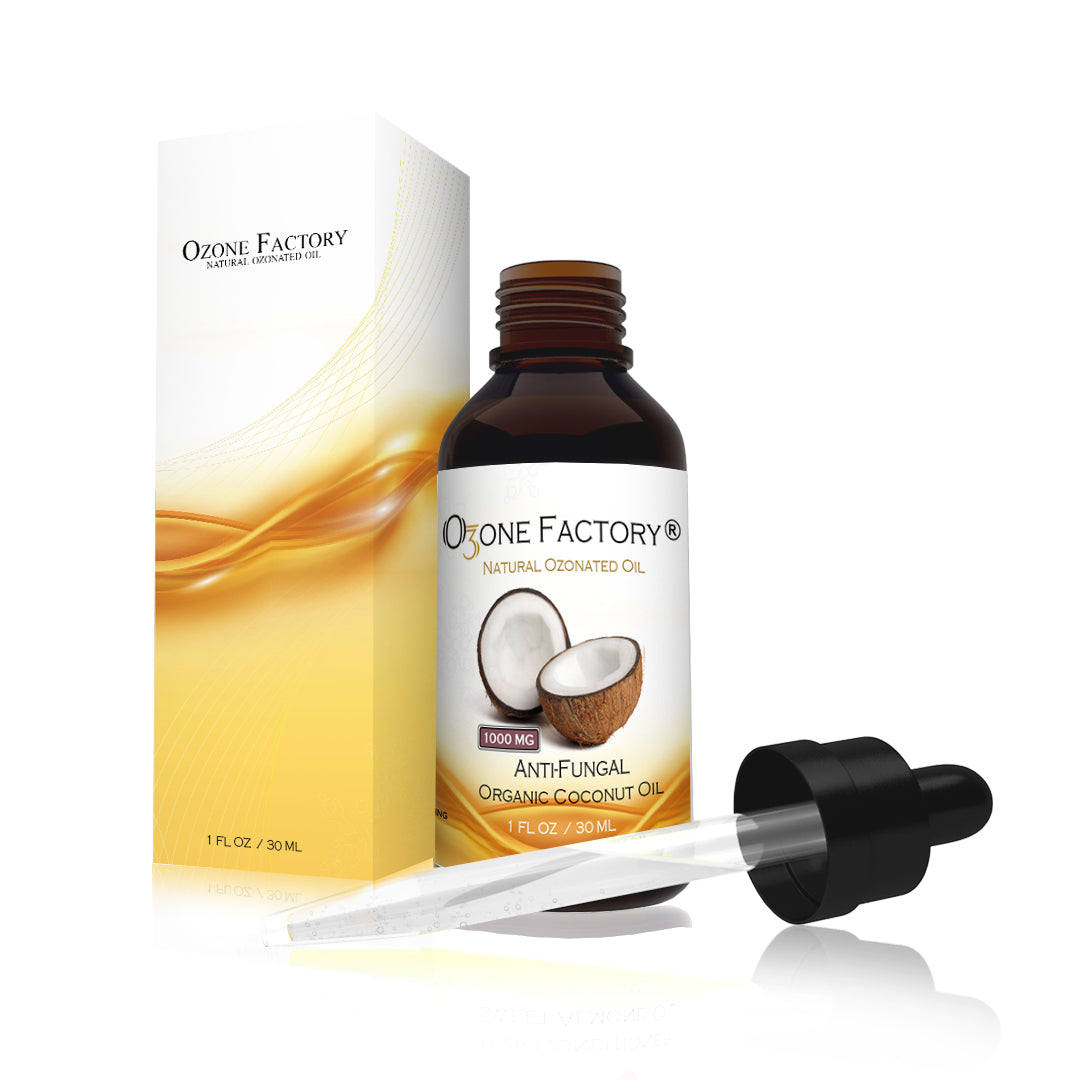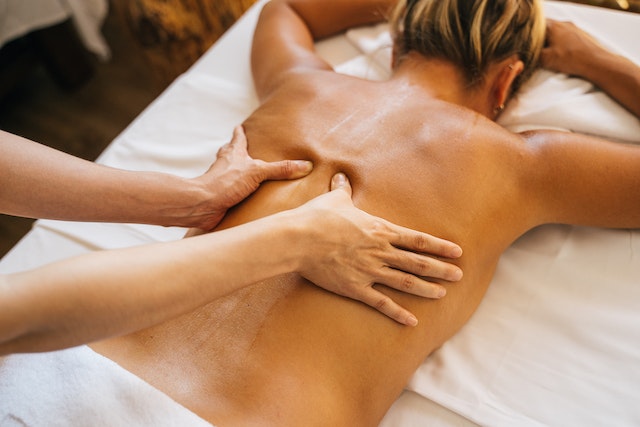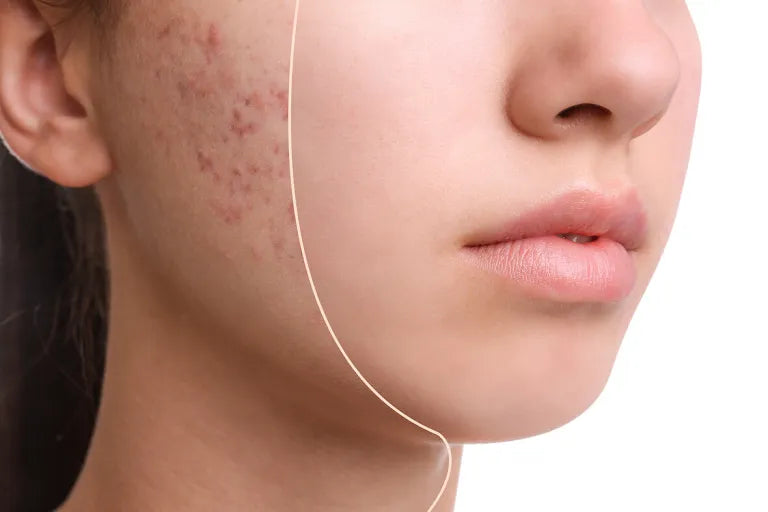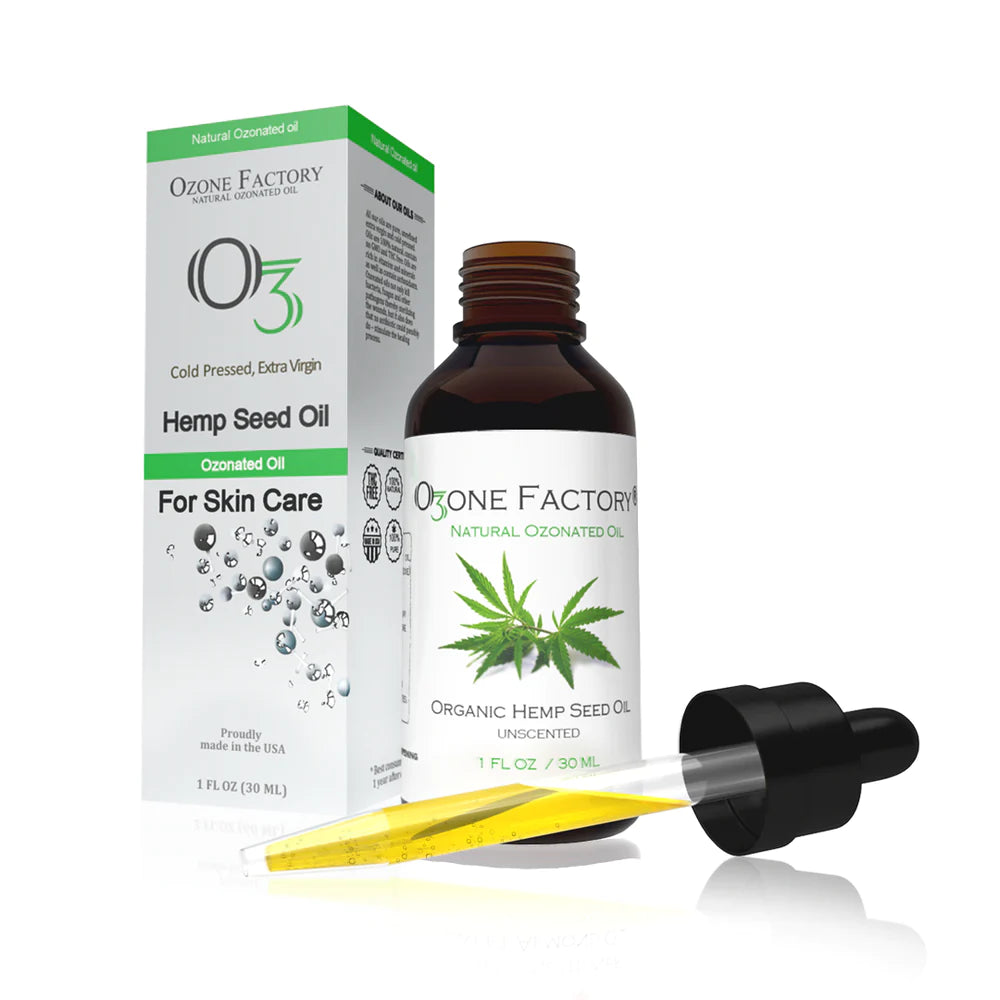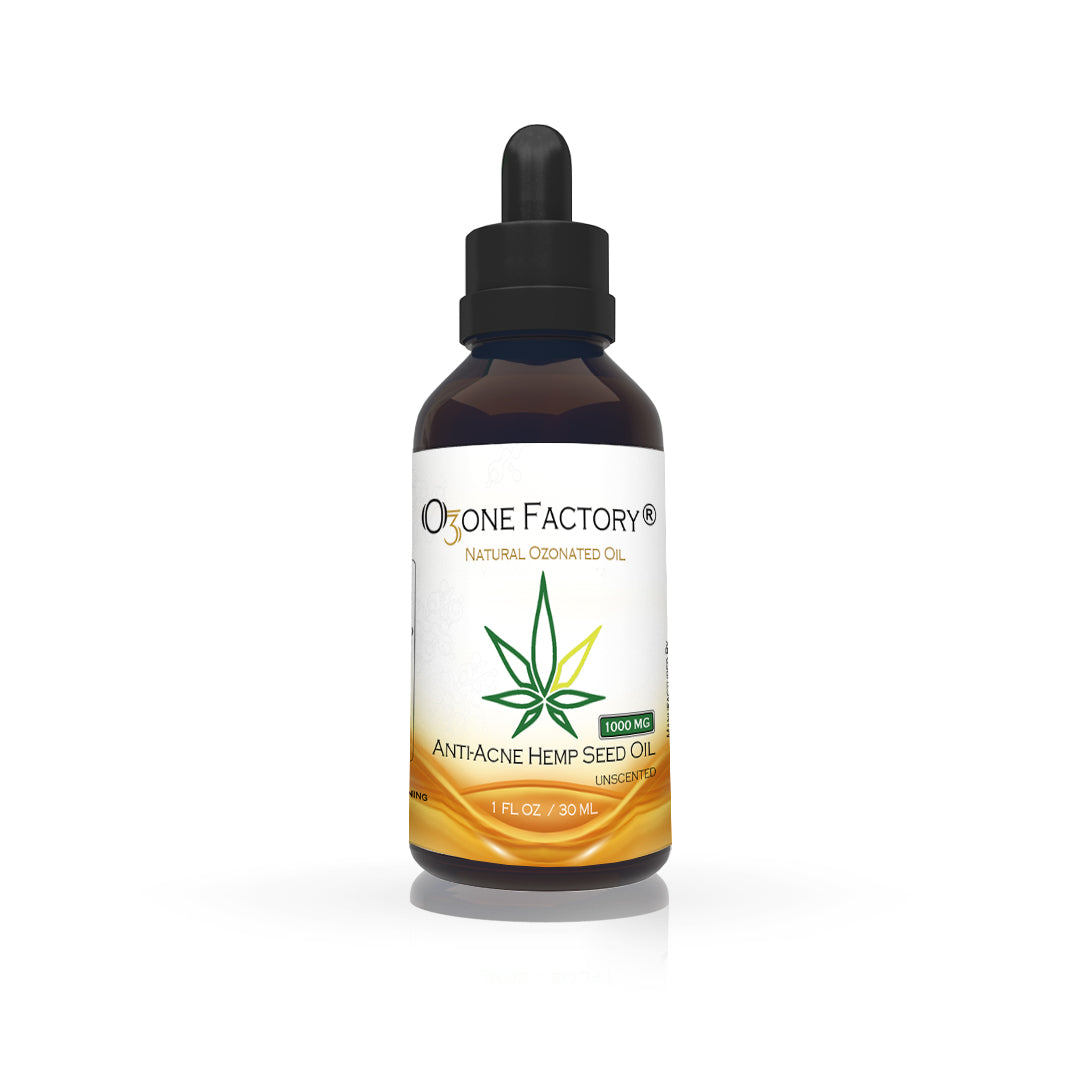
Tongues are an essential muscle. They help people speak and chew and taste food. However, sometimes a tongue’s appearance can change. They can develop bumps, change colour, or become hairy in appearance.
A healthy tongue is usually pink, and papillae, which are minuscule bumps, cover the surface.
In this article, we discuss conditions that may change the appearance of a tongue and how to prevent them.
Why is my tongue white?
Sometimes, the papillae on your tongue can become enlarged and swollen. Swelling of the papillae makes it easier for bacteria, dead cells and debris to get lodged between them, forming a white coating on the tongue’s surface.
Causes of swollen papillae include:
- excessive alcohol consumption
- a dry mouth or frequent breathing through the mouth
- irritation (from dental equipment or contact with sharp teeth edges)
- a diet low on fibre
- a fever
- dehydration
- a lack of oral hygiene
Tongue discolouration or white patches on the tongue can be caused by a health condition. Conditions that can cause a white tongue include:
- lichen planus - a rash that can affect the inside your mouth or other parts of your body
- leukoplakia - white patches which commonly appear on the tongue, although they can also appear on the cheeks and in patches on the gums (this does not recover on its own and should be seen by a doctor or dentist)
- geographic tongue - a condition where smooth, oddly-shaped red patches and white lines appear on the tongue
- mouth ulcer - painful, white sores that can develop on the tongue or elsewhere in the mouth
- oral thrush - an infection that occurs when there is an overproduction of Candida fungus

Why is my tongue black?
A black tongue is not a cause for concern most of the time. It is usually caused by a build-up of dead skin cells. These accumulate on the tips of the tongue’s papillae, creating the appearance of a hairy texture.
The papillae can at the same time become stained a blackish colour by bacteria or certain substances.
There are some possible factors that may affect how well a tongue is able to shed dead skin cells, including:
- an underproduction of saliva
- poor oral hygiene
- eating mushy or liquid foods (solid foods help remove dead skin from your tongue)
- dry mouth, which can be caused by some medications
Some things which may result in the black discolouration of the tongue are:
- tea or coffee
- antibiotics
- tobacco
- certain mouthwashes (oxidising agents like peroxide can alter the balance of bacteria in your mouth)
- bismuth subsalicylate (found in certain non-prescription gastrointestinal medications such as pepto-bismol, which can temporarily stain the tongue)
Why is my tongue sore?
A sore tongue is most commonly caused by injury or trauma. For example, you may have burned or bitten your tongue.
Though you may experience discomfort ranging from mild irritation to pain, a sore tongue is rarely a cause for concern, recovers fairly quickly, and can be managed at home.
In some cases, a sore tongue may be a sign of an underlying health condition, particularly if white patches are also appearing on its surface. In this circumstance, you should see a doctor so they can help you treat any underlying illnesses.
Why are there sores and/or bumps on my tongue?
Tongue bumps are usually not a cause for concern and are usually the result of an injury like a bite or a burn. Other potential causes of tongue injury include:
- irritation from a food or other substance
- oral herpes (caused by the herpes simplex virus)
- tuberculosis (TB)
- bacterial infections
- early stage syphilis
- immune system disorders (including allergies)
- ulcers (canker sores)
- If you have a gap between your teeth, a bump may form where your tongue fills the space.
Small bumps that appear on both sides of the tongue are usually nothing to worry about. However, if a bump appears on only one side of your tongue, you should make an appointment with a doctor to have it examined.

What to do to prevent tongue problems
-
Brush your tongue regularly.
Each time you brush your teeth, it is important to remember to brush your tongue as well. Start by applying a small dab of toothpaste to your toothbrush. Then, brush from the back of the mouth toward the opening with a downward motion. This will allow you to expel the odor-causing bacteria from your mouth. Make sure to only use gentle pressure during this process so as not to damage your tongue. Then, simply rinse with water!
-
Try a tongue scraper.
You can even more thoroughly clean your tongue by using a tongue scraper. This tool is made from a flexible, soft plastic that allows you to lightly scrape away the mucus layer that resides on your tongue, particularly in the center of the tongue. After each swipe of your tongue, simply wash the scraper under warm water to remove the bacteria. If you find that this causes your tongue to feel sore, you could be scraping it too hard. Make sure you’re cleaning slowly with light pressure.
-
Rinse well.
Each time you clean your tongue, make sure you thoroughly rinse out your mouth with water. This will help you to be rid of the bacteria that reside there. You might also consider using a warm saline solution—made by simply mixing water and a teaspoon of salt—to keep your tongue relatively clear of harmful bacteria.
-
Drink plenty of water.
Staying hydrated is important to the overall health and functionality of your entire body. Drinking water also helps to wash away the bacteria and food debris from your tongue and teeth. Therefore, make sure you’re drinking plenty of water to stay in good health.
-
Ozonated Oil pulling
Ozonated Oil pulling involves swishing oil around the mouth, using it like a mouthwash. The main benefit of doing this is that it reduces the amount of harmful bacteria in the mouth.
The practice of “oil pulling” has been used for thousands of years to pull toxins from gum tissue in the mouth. It’s a mainstay tool of Ayurvedic Medicine and many people swear by its benefits. But now we’ve taken oil pulling into the 21st century with the addition of an ozone infusion right into the oil.
Oil Pulling Instructions
- Put 1-2 teaspoons of ozonated oil into the mouth. The oil traditionally used in oil pulling is coconut oil. It is also possible to do oil pulling with ozonated olive oil. Whichever oil you choose, place 1-2 teaspoons in the mouth.
- Swish for 20 minutes. Apparently the timing is key, according to Dr. Bruce Fife, author of Oil Pulling Therapy, as this is long enough to break through plaque and bacteria but not long enough that the body starts re-absorbing the toxins and bacteria. The ozonated oil will get thicker and milky as it mixed with saliva during this time and it should be creamy-white when spit out. It will also double in volume during this time due to saliva.
- Spit oil into the trash can. The oil may thicken and clog pipes. Do not swallow the oil as it is hopefully full of bacteria, toxins and pus that are now not in the mouth!
- Rinse well with warm water. Warm water seems to clean the mouth better. We recommend you to rinse a few times with warm water to get any remaining oil out of my mouth. Some sources recommend swishing with warm salt water.
- Brush well!


